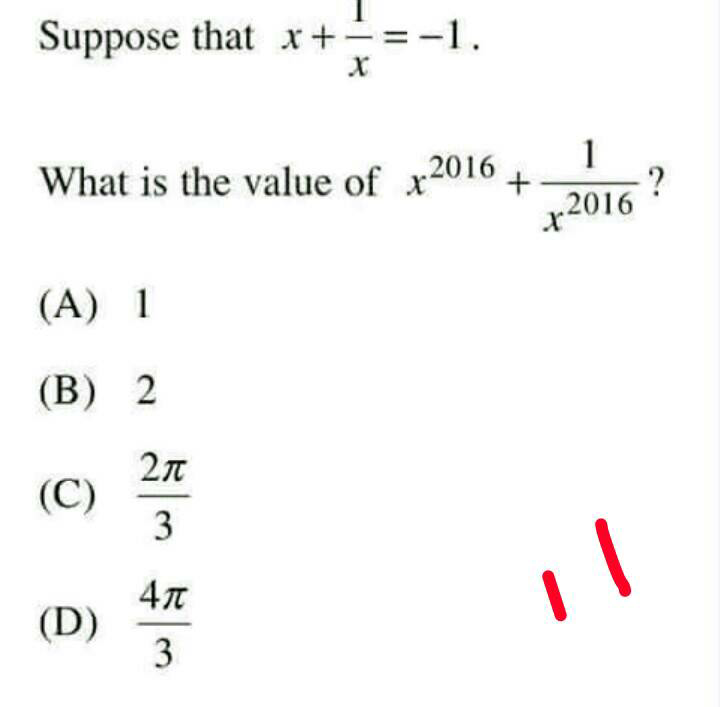
AllQuestion and Answers: Page 1933
Question Number 13491 Answers: 1 Comments: 0
Question Number 13490 Answers: 1 Comments: 0
Question Number 13478 Answers: 1 Comments: 0
Question Number 13475 Answers: 1 Comments: 0
Question Number 13510 Answers: 1 Comments: 1
Question Number 13449 Answers: 2 Comments: 0
Question Number 13438 Answers: 1 Comments: 0
Question Number 13447 Answers: 0 Comments: 0

Question Number 13434 Answers: 1 Comments: 1
Question Number 13429 Answers: 0 Comments: 2

Question Number 13427 Answers: 0 Comments: 0

Question Number 13412 Answers: 1 Comments: 0
Question Number 13403 Answers: 2 Comments: 2
Question Number 13401 Answers: 1 Comments: 0
Question Number 13395 Answers: 2 Comments: 0
Question Number 13394 Answers: 1 Comments: 0
Question Number 13391 Answers: 1 Comments: 0
Question Number 13389 Answers: 0 Comments: 5
Question Number 13388 Answers: 0 Comments: 5
Question Number 13377 Answers: 1 Comments: 1

Question Number 13373 Answers: 0 Comments: 4

Question Number 13365 Answers: 2 Comments: 0
$$\int\:\:\mathrm{e}^{\left(\mathrm{x}\:+\:\mathrm{e}^{\mathrm{x}} \right)} \:\:\mathrm{dx} \\ $$
Question Number 13364 Answers: 2 Comments: 1
Question Number 13362 Answers: 2 Comments: 0
Question Number 13360 Answers: 1 Comments: 0
Question Number 13359 Answers: 0 Comments: 4
Pg 1928 Pg 1929 Pg 1930 Pg 1931 Pg 1932 Pg 1933 Pg 1934 Pg 1935 Pg 1936 Pg 1937
